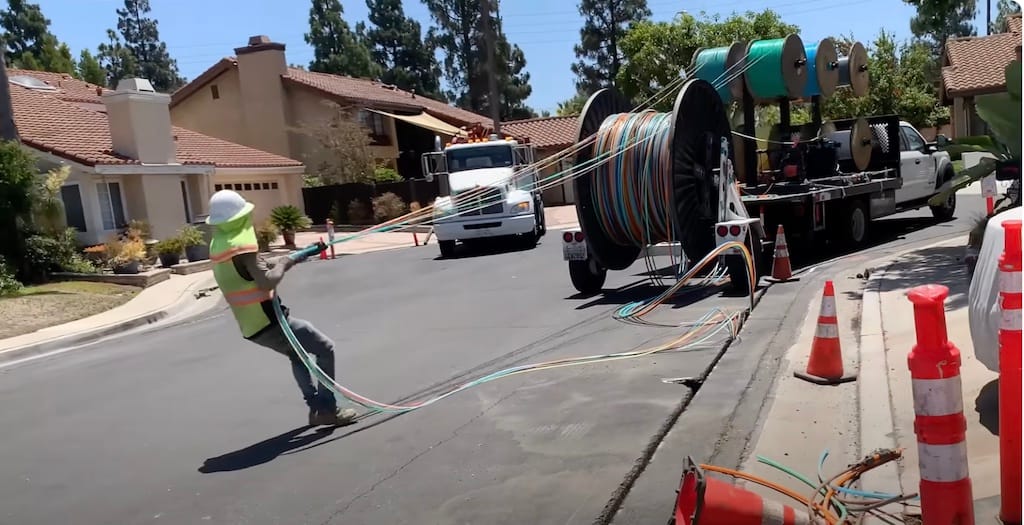RVA Predicts $150 Billion Invested in U.S. Residential Fiber in Next Five Years
RVA market report suggests a future increase of fiber investment in the United States
Corey Walker

WASHINGTON, March 11, 2024 – The country's largest telecoms are expected to lose fiber-to-the-home market share by 2028, according to an RVA Market Research report released Monday.
The market share of Tier 1 telecommunications companies will decline from 58 percent to 42 percent of the telecom market in four years, according to the according to the report.
Other entities such as private competitive providers, municipalities, and rural electric cooperatives are poised to consume more market share.
The report suggests that the country will see a substantial influx of fiber-to-the-home investment. The investment would represent a $150 billion cash infusion, larger than all investments made to date.
The report authors conducted interviews with network operators, vendors and industry experts and analyzed public data and other research to draw their conclusions.
The bullish prediction on fiber investment stems from expected funding from network operator capex reinvestment, private equity investment and government funds. However, headwinds include the rising cost of labor and permit issues, the report noted.
The number of homes served and miles of fiber established are expected to reach record numbers during this period, according to the report.
According to consumer research for the Fiber Broadband Association, the surge of investment into fiber broadband stems from increased popularity and demand.
Sixty-three percent of internet users say they prefer fiber over other delivery methods, according to FBA’s research. Comparatively, 24 percent of users prefer Coax and 13 percent prefer wireless, DSL, or satellite, the research adds.
The RVA report comes amid the ongoing discussions over the Broadband Equity, Access and Deployment program. BEAD, which provides states with $42.5 billion to pursue projects which expand broadband internet access, is set to start later in 2024 as states begin submitting their final proposals to the National Telecommunications and Information Administration.










Member discussion